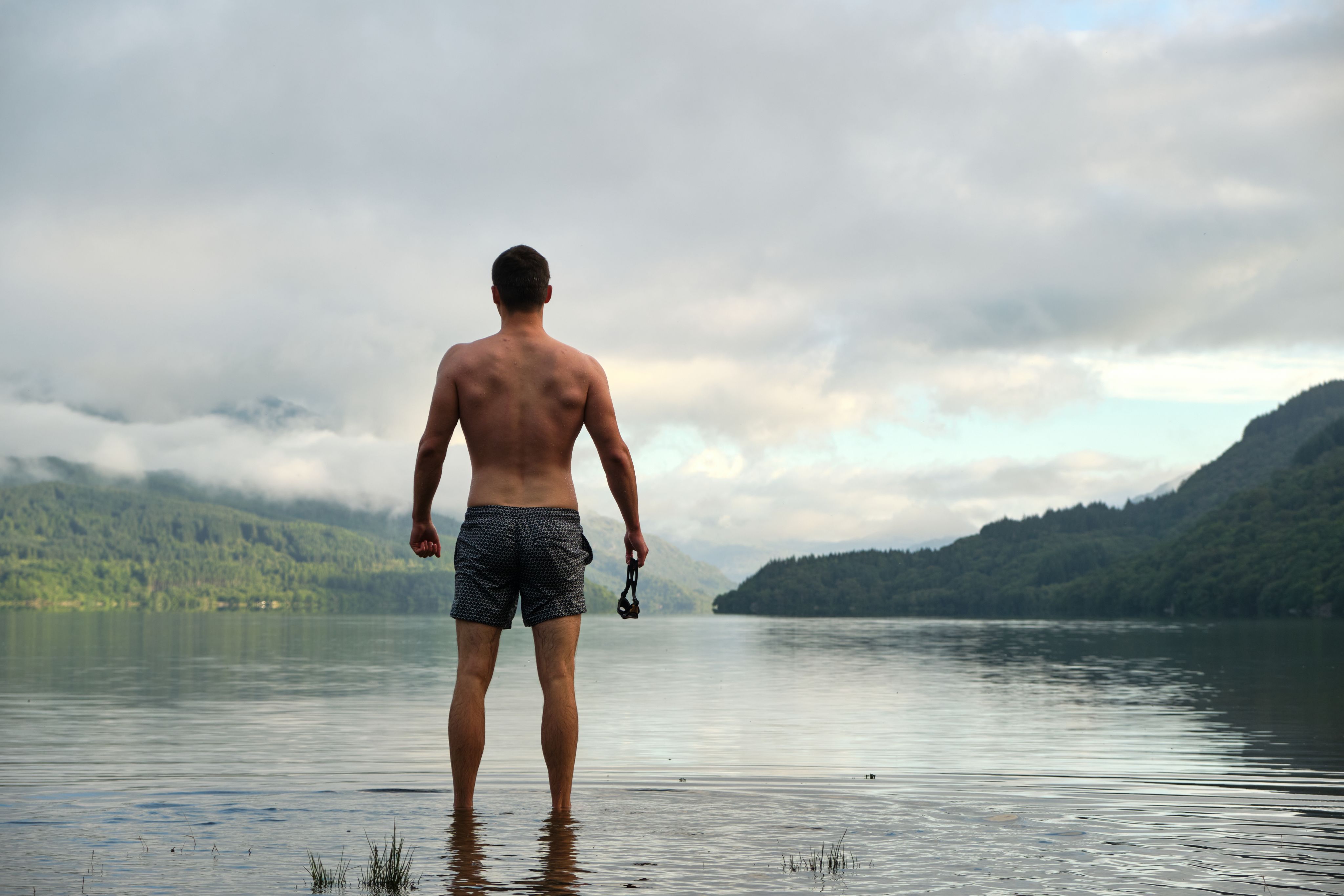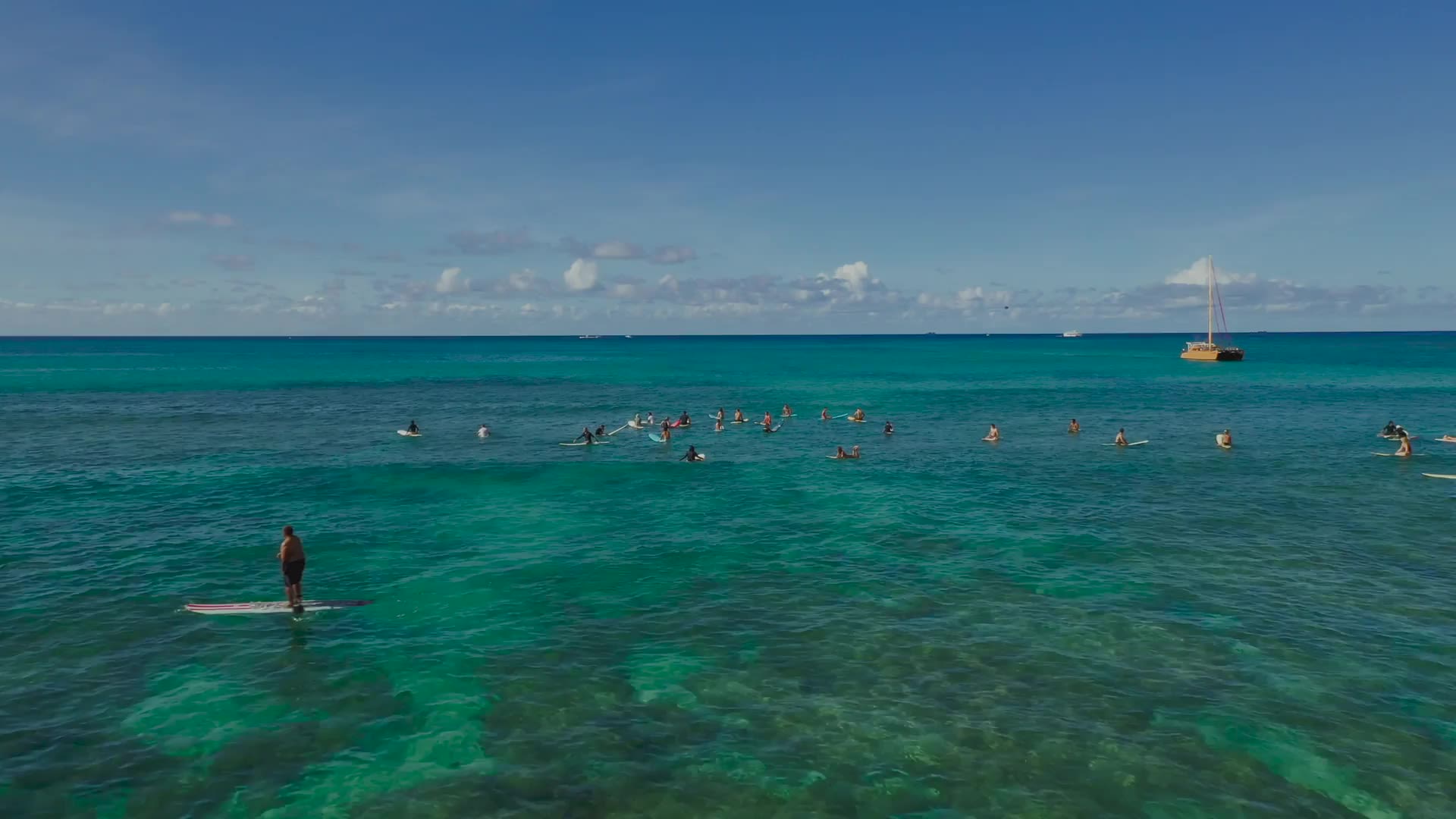SWIMMING LESSONS
Swimming was once frowned on in polite society. How did it become such a passion?

Byron himself was no stranger to the surf – he was a keen advocate of open-water swimming, which was enjoying a steady upward curve in popularity at the end of the 18th Century. In 1810, at the age of 22, Byron swam the four-mile stretch across the Dardanelles Strait, a feat that had hitherto been thought impossible and for which Byron “plumed” himself “more than I could possibly do on any kind of glory”.
In 1810, such achievements were rare – the large proportion of Britons lacked time and access to open water. For those living in urban centres, there were few opportunities to swim safely in still water, no indoor pools and in a pre-rail era, it was simply impractical for the average Briton to get to the coast.
But an enthusiasm for swimming and “bathing” was gradually taking hold of Britons. Byron and his fellow Romantics subscribed to the importance of swimming as a means to connect with nature; in Georgian Britain, the medical profession extolled the benefits of “cold-water plunges” and bathing in sea water was promoted as a sound strategy for curing a host of illnesses.
The 18th and 19th Centuries saw a surge in the British “spa town”- fashionable retreats for those chasing the health benefits of sea air and bathing. But it was a cumbersome affair, for women at least: they were obliged to swim in full-length shift dresses for propriety’s sake, disgorging themselves into the water from so-called “bathing machines”. Swimming in these conditions was less an aerobic exercise and more an effort of endurance.
Sheer expense meant that spa-town visits were the preserve of the wealthy, but the growth of the railways from the 1840s onwards saw increasing numbers of working class holidaymakers visiting the seaside for a good soak in the brine.
It didn’t take long for enthusiasts to attempt to codify the new leisure pursuit. In 1844 a swimming competition was held in London, in which the British contestants competed using the standard stroke - traditional breaststroke. Imagine the waves made by two Native American competitors whose front crawl was described by The Times newspaper:
“[They were] lashing the water violently with their arms like the sails of a windmill and beating downward with their feet”.
Spectators were aghast, but it wasn’t long before this stroke entered the UK swimming lexicon.
Change was afoot in urban centres. The fast spread of diseases such as cholera in densely populated cities led to the passing of the 1846 Baths and Washhouses Act. Although primarily a Victorian battle with dirt, the law ushered in scores of public swimming baths which eventually led to a wider uptake in swimming as a sport. And as the century drew to its close, swimming lessons for children became the norm.
In 1900, Great Britain fielded their first Olympic swimmer: John Jarvis. Jarvis was one of 10 children of a housepainter and was a member of Leicester Swimming Club – one of a wave of local clubs and associations that had sprung up with the democratisation of swimming in the second half of the 19th Century.
Jarvis, like his compatriot Lord Byron, nearly a century before him, loved to swim. He practised in the open water – honing his skill in the Grand Union Canal and the River Soar. And like Byron before him, Jarvis was the first in his field to achieve something for which he could rightly have plumed himself: two Olympic gold medals.



